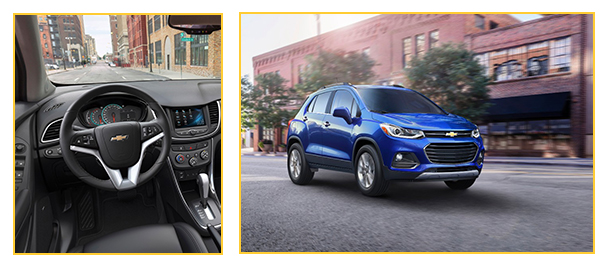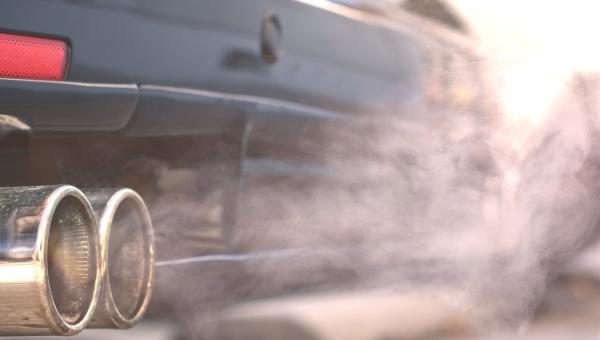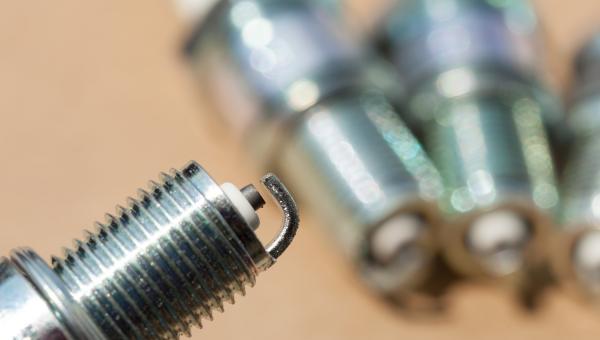Test Drive Notes Library
-
 Pros
Pros
- Nice size. This is a very compact crossover. You get the higher ride height, room for four, and some cargo space, but the Trax itself is very modest in size, making it easy to maneuver and super easy to park. It’s a compact hatchback that’s higher off the ground.
- Good forward visibility. Despite the huge, triangular bases at the bottoms of the A pillars, the windshield is large and somewhat upright, and the front windows are big, too. That makes you feel like you can see well. Out back, it’s hopeless, but to the front and front-sides, where you’re looking most of the time, visibility is quite good.
- Blind Spot Monitoring plus. While it’s hard to see out the back, our Trax Premier (with the $295 Driver Confidence II Package) came with blind spot monitoring, forward collision alert, lane departure warning, cross traffic alert, and a back up camera. The total MSRP, including destination charges was $27,290. While we wish it had automatic emergency braking, that’s still a good pile of safety features for not a ton of money. There are far more expensive cars that come with less.
- Decent mileage. When driving in the city, we were getting about 20 mpg. When we added in some highway, it took our average up to about 26mpg. EPA says 28 overall. That’s respectable.
- Large knobs. OK, that doesn’t sound right in a car review. But we’re talking about the interior controls. The heating and ventilation have large, easy to use knobs, and Apple Car Play turns a mediocre touch screen experience into a pretty decent one.
- Back seat room. It’s a small car, but two adults would have no trouble sitting in the back.
-
 Cons
Cons
- Engine is hard to modulate well. The Trax uses a 1.4 liter, turbo charged engine. And it brings back turbo lag, 1980’s style. The problem is that it’s not a very powerful engine, so you step on the gas, and it makes a bunch of noise and pulls you forward. And then when the turbo kicks in a few seconds later, it jerks you forward. Passengers are likely to complain about your driving. More than usual. It was hard to drive smoothly, and we’d rate it as an annoyance.
- The transmission shifts were also jerkier than in other cars we’ve driven recently, especially under moderate to hard acceleration.
- Noise. The car itself isn’t terribly noisy, but the engine is. You can really hear it croaking away whenever you accelerate.
- Cheap interior. The inside of the Trax harkens back to the 1990’s, with hard plastic everywhere. Do you remember your Big Wheel? Well, if it were dark gray, that’s what the dashboard and door panels feel like. We also never got comfortable in the seats. The front seats, oddly, have power controls for the seat bottom, but manual controls for the seat back. That meant we could get the seat bottom where we wanted it, but the seat back only moved in set clicks — and where we really wanted it was in between two of those settings. A short seat bottom didn’t help with long-term comfort.
- No steering feel. Again, with the retro theme here, the Trax was apparently designed before steering feel was invented.
- A small complaint about the USB ports. A few manufacturers have started using small LEDs to light the USB outlets. If you’ve fumbled around trying to plug a cable into one, you know why we’re huge fans of the lighted USB ports. The Trax gives you two USB outlets, but they’re in a cubby, in front of the shifter. And it’s total Braille trying to plug into them at night. Even with a flashlight.
- Hard to recommend a Trax over a larger, better made, but similarly priced Subaru Forester, which can be had with automatic emergency braking.
Test Drive Notes Library
Get the Car Talk Newsletter
 Pros
Pros Cons
Cons


